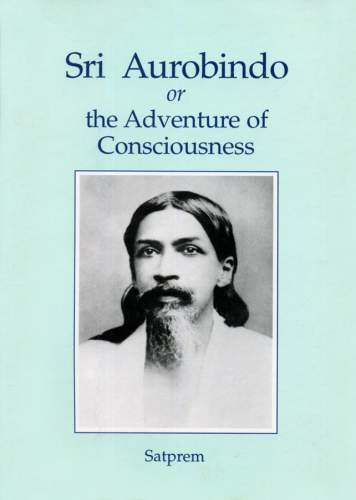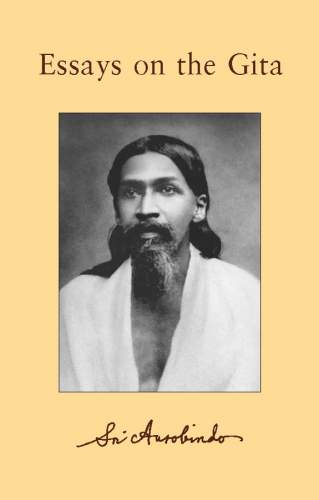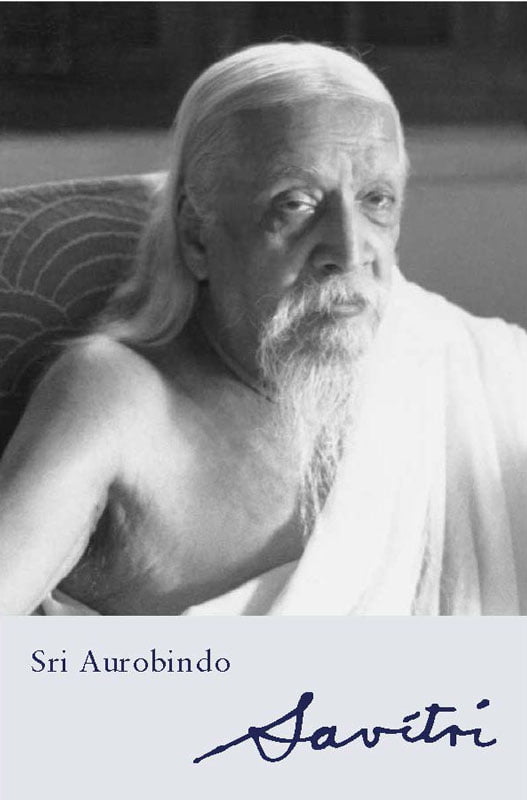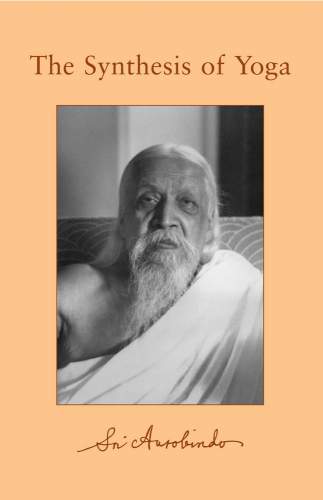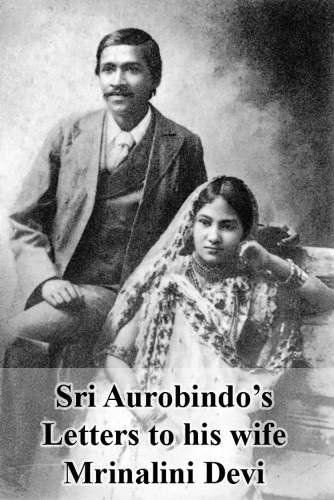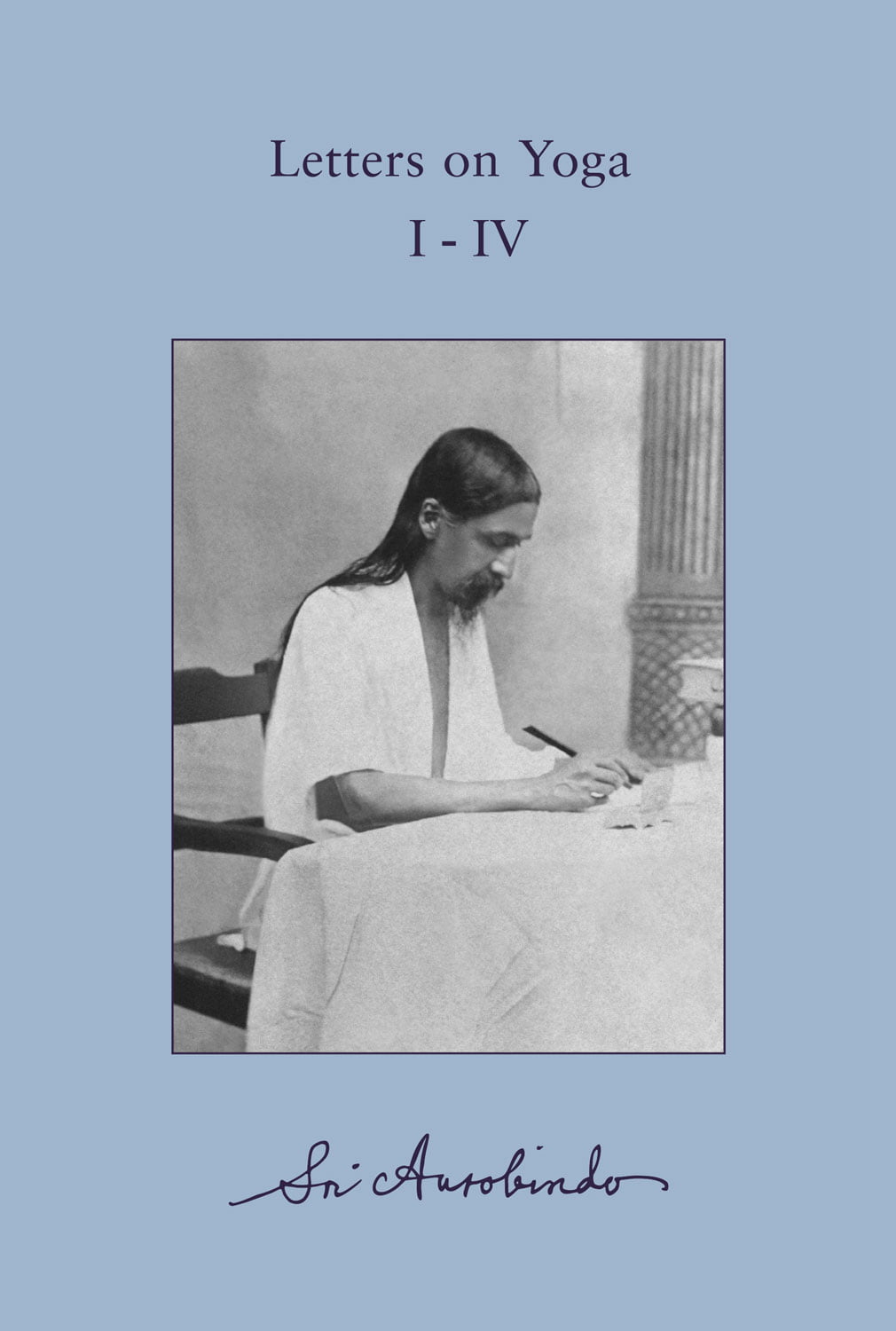
Letters on Yoga (Volume 1-3)
Collected Works of Sri Aurobindo Volumes 22-24
Sri Aurobindo’s complete Letters on Yoga (SABCL Edition), other spiritual paths, the problems of spiritual life, and related subjects. In these letters, Sri Aurobindo explains the foundations of his integral yoga, its fundamentals, its characteristic experiences and realisations, and its method of practice. He also discusses other spiritual paths and the difficulties of spiritual life. Related subjects include the place of human relationships in yoga; sadhana through meditation, work and devotion; reason, science, religion, morality, idealism and yoga; spiritual and occult knowledge; occult forces, beings and powers; destiny, karma, rebirth and survival. Sri Aurobindo wrote most of these letters in the 1930s to disciples living in his ashram.
Letters of Sri Aurobindo was first compiled and published in four series from 1947 to 1951. The First, Second and Fourth Series contained letters on yoga, the Third letters on poetry and literature. Prior to that, small collections of letters were published in The Riddle of This World (1933), Lights on Yoga (1935), Bases of Yoga (1936) and More Lights on Yoga (1948). Some letters were also published periodically in various Ashram journals: Sri Aurobindo Circle, Sri Aurobindo Mandir, The Advent and Mother India.
The First and Second Series of Letters of Sri Aurobindo were reissued in 1950 and 1954 respectively.
In 1958 all the above letters, except those on poetry and literature in the Third Series, were published again, along with additional material as Volumes VI and VII of the Sri Aurobindo International Centre of Education Series in two volumes. Volume One was reissued in 1969 with further additions.
In 1970 Letters on Yoga was published as volumes 22, 23, and 24 of the Sri Aurobindo Birth Centenary Library. This edition contained a large number of letters not included in the two volumes of the Centre of Education edition. It was reprinted several times.
Read more


